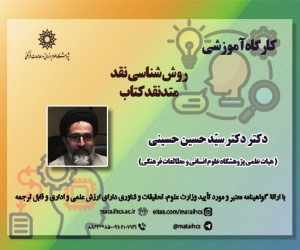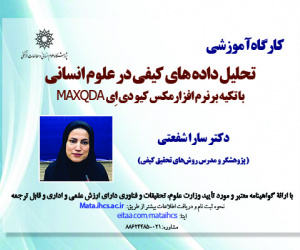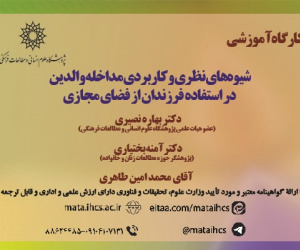شناسایی عوامل مؤثر بر موفقیت تجزیه وتحلیل منابع انسانی در سازمان تأمین اجتماعی و شرکت های تابعه
آرشیو
چکیده
هدف: استفاده از فناوری های دیجیتال در مدیریت منابع انسانی در قالب تجزیه و تحلیل منابع انسانی برای بهبود عملکرد کارکنان بسیار مورد توجه است، اما گاهی پیاده سازی آن در سازمان، به دلیل پیچیده بودن این فرآیند و عدم آمادگی سازمان در پذیرش آن، دچار شکست می شود. با توجه به عدم تمرکز محققین بر این حوزه و ضعف ادبیات، این پژوهش با هدف شناسایی عوامل موفقیت تجزیه و تحلیل منابع انسانی در سازمان های ایرانی و غنی کردن ادبیات تحقیق انجام شده است.روش: این پژوهش، از نظر هدف از نوع کاربردی و از نظر فرآیند اجرا، از نوع پژوهش های کیفی است و از روش دلفی برای تجزیه وتحلیل داده ها استفاده شده است.یافته ها: بعد از تجزیه و تحلیل داده ها، درنهایت 28 عامل مؤثر بر موفقیت تجزیه و تحلیل منابع انسانی در سازمان تأمین اجتماعی و شرکت های تابعه آن در 5 بعد «مدیریت داده ها»، «عوامل مدیریتی»، «عوامل فناورانه»، «عوامل سازمانی»، «عوامل پرسنلی» شناسایی شد.نتیجه گیری: نتایج نشان داد، موفقیت تجزیه وتحلیل منابع انسانی در سازمان، تابع یک عامل خاص نبوده و نیازمند جامع نگری و یک رویکرد سیستماتیک است و سازمان نیازمند ایجاد تغییراتی در ابعاد مختلف است. شرط موفقیت در این مسیر استفاده از ترکیب صحیحی از راهبردهای تعاملی و ابزارهای فناورانه است.Identifying the factors Influencing the success of human resource analytics in the Social Security Organization and its Subsidiary Companies
Purpose: The use of digital technologies in human resource management through human resource analytics to improve employee performance has garnered significant attention. However, its implementation in organizations often fails due to the complexity of the process and the organization's lack of readiness to adopt it. Given the insufficient focus of researchers on this area and the gaps in the literature, this study aims to identify the success factors of human resource analytics in Iranian organizations and enrich the research literature.Method: The current research is a qualitative that was conducted using the Delphi method.Findings: After data analysis, 28 factors influencing the success of human resource analytics in the Social Security Organization and its affiliated companies were identified, categorized into five dimensions: "data management," "managerial factors," "technological factors," "organizational factors," and "personnel factors."Conclusion: The results showed that the success of human resource analytics in an organization is not dependent on a single factor but requires a comprehensive view and a systematic approach. The organization needs to implement changes across various dimensions. The key to success in this process lies in the correct combination of interactive strategies and technological tools.











